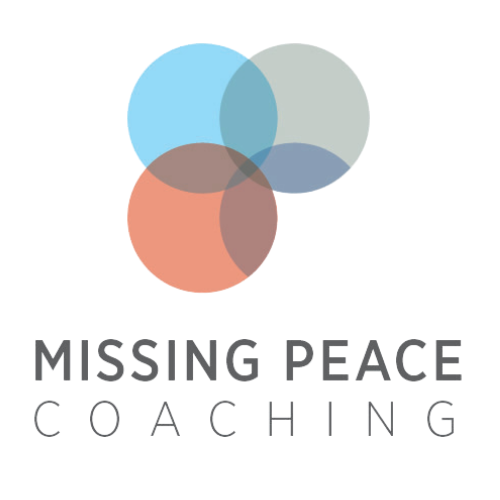Recently, while walking, I came across a stone wall covered with inspirational signs. I named it “The Wall of Enlightenment.” One sign, in particular, resonated deeply with me: THINK.
THINK stands for:
T – Is it True?
H – Is it Helpful?
I – Is it Inspiring?
N – Is it Necessary?
K – Is it Kind?
These simple yet powerful questions provide the foundation for thoughtful and effective communication. In leadership, the way you communicate can either drive success or create unnecessary roadblocks. By applying the THINK principle, we can streamline decision-making, foster healthier work environments, and model a leadership style that empowers others.
1. Applying THINK in Leadership
Before speaking or acting, consider these questions. Is what you're about to say rooted in truth, and will it help your team move forward? For example, passing on hearsay or unfounded information can lead to confusion. By prioritizing truth and relevance, you provide clarity and build trust.
2. Mindfulness in Action
THINK aligns seamlessly with mindfulness—pausing to reflect before responding. Leaders are often under immense pressure to make quick decisions. But taking just a moment to apply THINK can help prevent knee-jerk reactions, allowing for more thoughtful and effective leadership.
3. Emotional Intelligence
Emotional intelligence (EQ) is key for high-powered executives, and THINK naturally supports it. Asking yourself if what you’re about to say is kind or necessary taps directly into empathy and self-awareness. It also fosters a culture of psychological safety, where teams feel valued and supported.
4. Work-Life Integration
Balancing a demanding career and personal life is challenging, but THINK can help here, too. Not every problem at work or at home requires your immediate attention. Apply THINK to prioritize the tasks and conversations that truly matter, enabling better time management and more meaningful connections.
5. Building a Supportive Network
Leadership isn’t a solo journey. Use THINK to guide conversations within your network—whether mentoring another woman executive or seeking advice. Thoughtful communication strengthens bonds and builds a community of mutual support.
6. Self-Care and Well-being
Effective leadership starts with well-being. Ask yourself if your current pace or workload is necessary and kind to yourself. Prioritize what truly needs your attention, and give yourself permission to step back when needed. Strong leadership requires a foundation of self-care.
7. A Call to Action
Incorporating the THINK framework can transform how you lead and interact with others. Take a moment each day to pause and reflect on these questions before communicating with your team, stakeholders, or loved ones. The result? Clearer decisions, stronger relationships, and a more thoughtful leadership style.
In leadership, what you model trickles down throughout the organization, shaping culture and productivity. By adopting the THINK principle, you create a foundation for more intentional, impactful leadership that benefits not only you but everyone around you.























